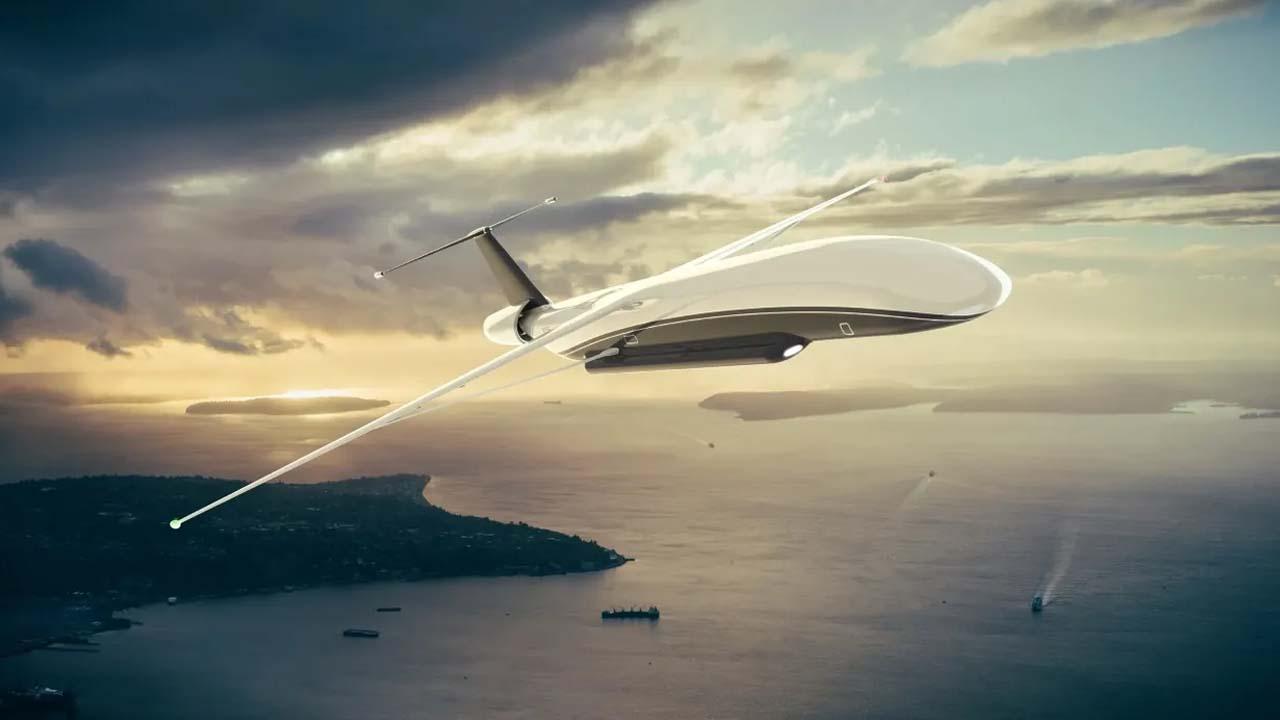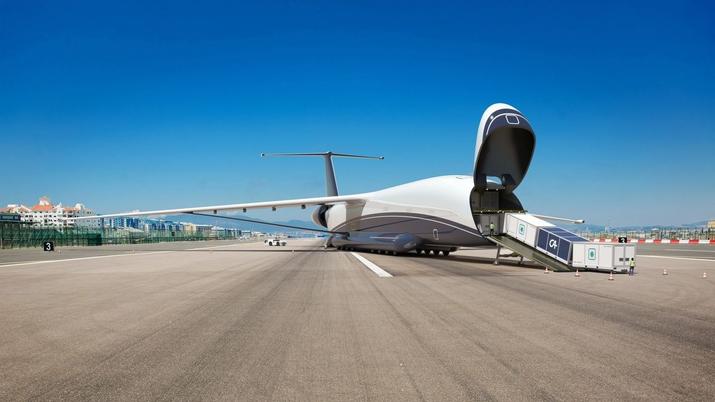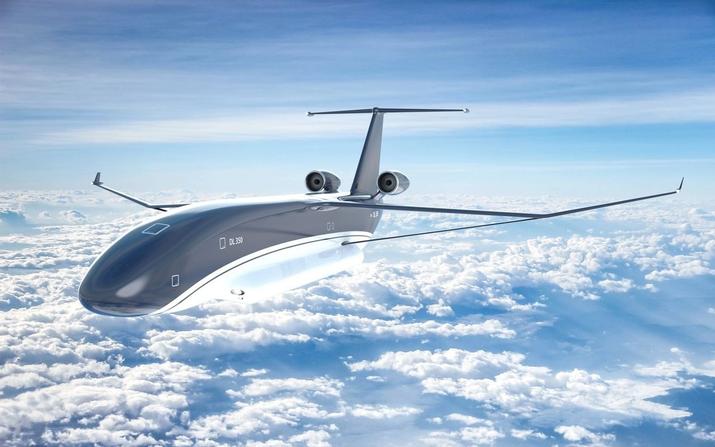
Air transport is today the fastest, both for people and goods. However, it is also the most expensive and very polluting, so technological developments aim to revolutionize the airline industry maintaining its strengths and reducing its defects.
Proof of this are the designs of Droneliner unmanned futuristic aircraftwhich we could see take to the skies in the coming years.
Unmanned cargo planes
Currently, transporting goods by air is crucial in today’s world. E-commerce sells millions of items every day and they are delivered to the other side of the world in record time. Although he air freight transport be the fastest, it is also the most expensive, so technology has to try to find future solutions for the transport of goods (and also for passengers).
 Droneliner is a British aerospace company seeking revolutionize freight transportation using drones. This company has several personalities from the world of transport, such as John Roberts, who worked for decades at Airbus and is behind projects such as the A380, or Nicholas Cumpsty, former chief engineer of Rolls-Royce and professor emeritus at Imperial College London or MIT.
Droneliner is a British aerospace company seeking revolutionize freight transportation using drones. This company has several personalities from the world of transport, such as John Roberts, who worked for decades at Airbus and is behind projects such as the A380, or Nicholas Cumpsty, former chief engineer of Rolls-Royce and professor emeritus at Imperial College London or MIT.
Its aircraft design is differentiated by having a rectangular fuselage and ability to transport cargo containers efficiently. The design of the Droneliner aircraft features a rectangular fuselage that allows containers to be accommodated more efficiently compared to traditional cylindrical fuselage aircraft. Ramps at the front and rear ends make it easy to load and unload containers.
Sustainable propulsion
Droneliner bets on turbofan engines that use SAF biofuel (Sustainable Aviation Fuel) and are prepared to use hydrogen in the future. It also incorporates a hybrid propulsion system to minimize fuel consumption with electric power operations such as taxiing on the runway, takeoff or landing.
Droneliner’s efficient design enables an impressive range of up to 6,500 nautical miles, more than 12,000 kilometers, with a significant reduction in fuel consumption, up to 83% less compared to conventional cargo aircraft. All of this with remote control (at the moment there is no autonomous piloting).

Droneliner has two versions of unmanned aircraft, DL200 and DL350, with loading capacities of between 36-40 containers and 70-80 containers respectively. This offers flexibility for different cargo transportation needs.
In addition to the efficiency of the aircraft, it has redesigned containers that are lighter and easier to handle, and that optimize the cargo capacity of the plane. By combining both elements, the agility in the loading and unloading processes has been improved, reducing the waiting time at each stop to just 30 minutes, thanks to a design that facilitates container handling.
Droneliner presents an interesting and ambitious proposal to address the current challenges of freight transportation, focusing on spatial efficiency, sustainability and the improvement of logistics processes. It is clear that they are considering several aspects to optimize logistics and minimize both the cost and environmental impact associated with long-distance freight transportation. We will see if the project one day becomes a reality.













